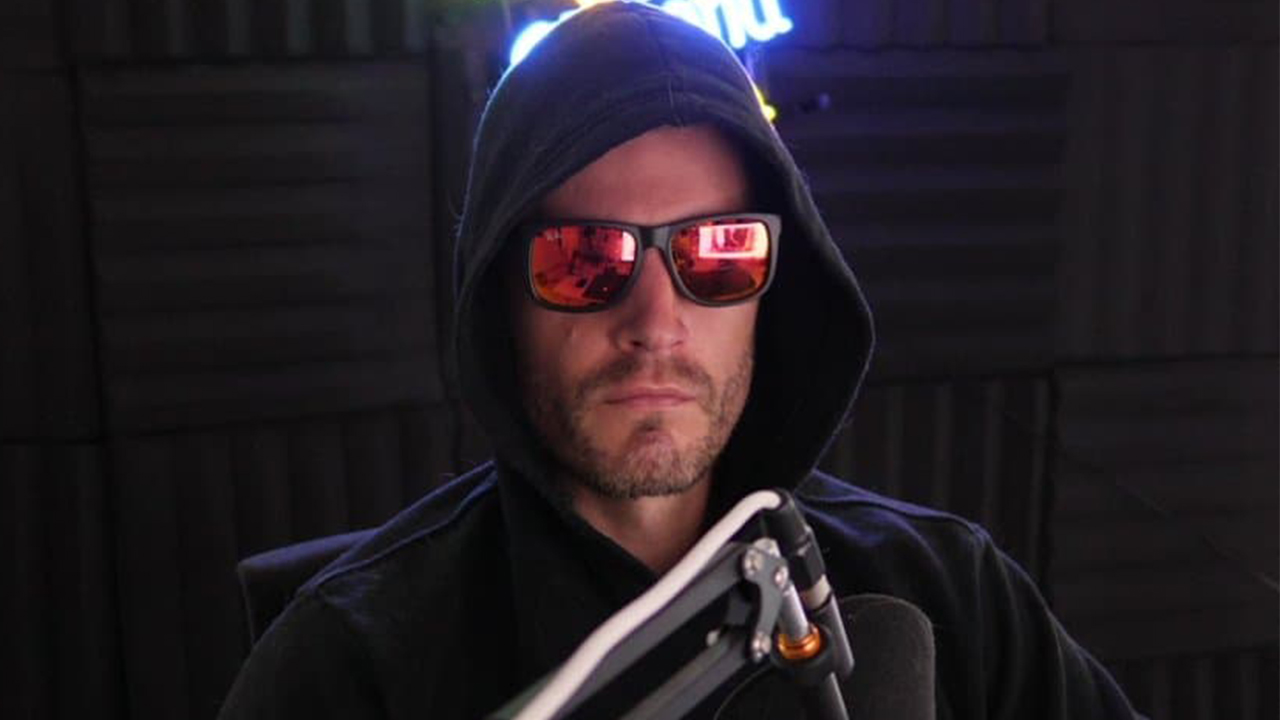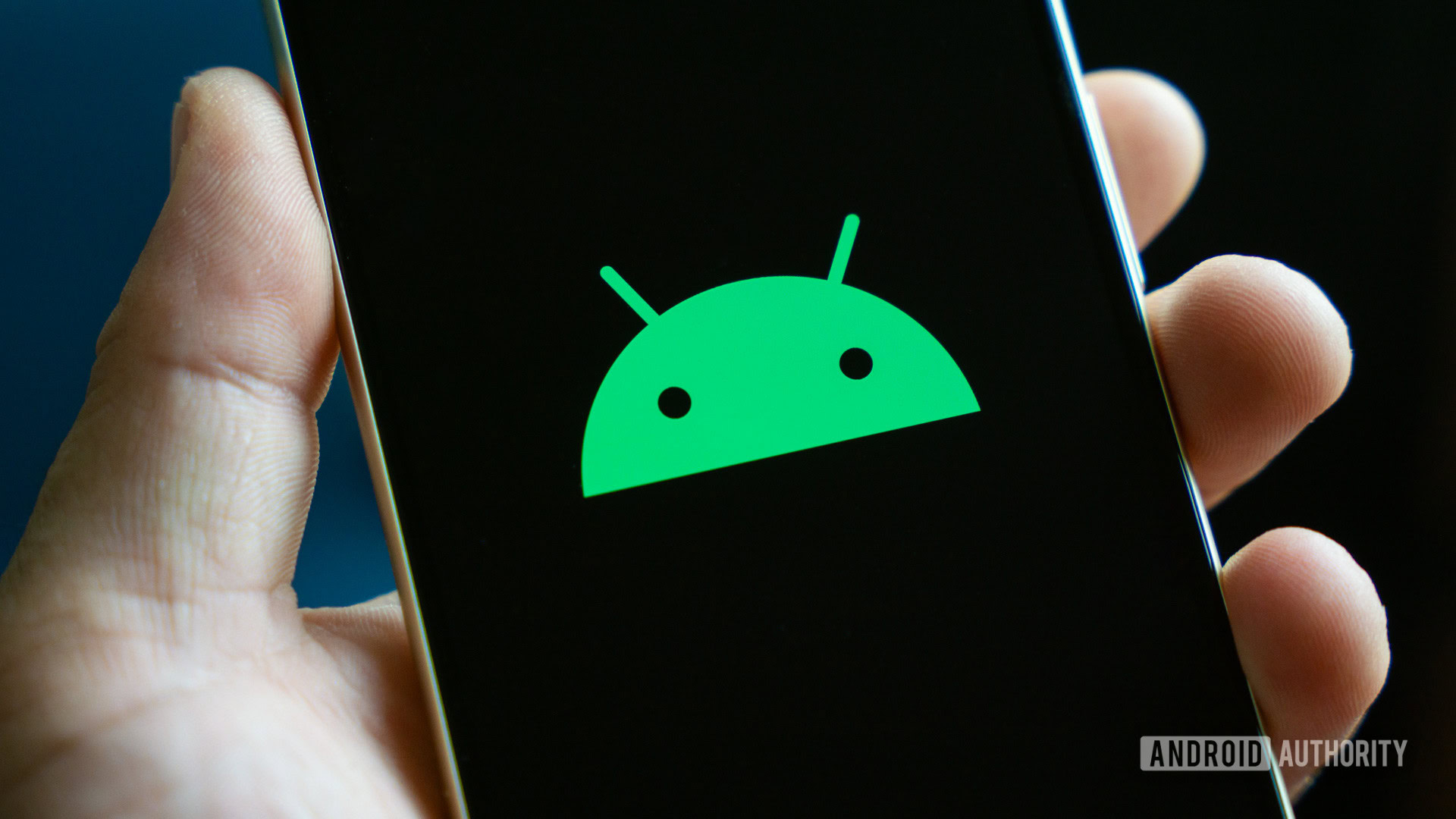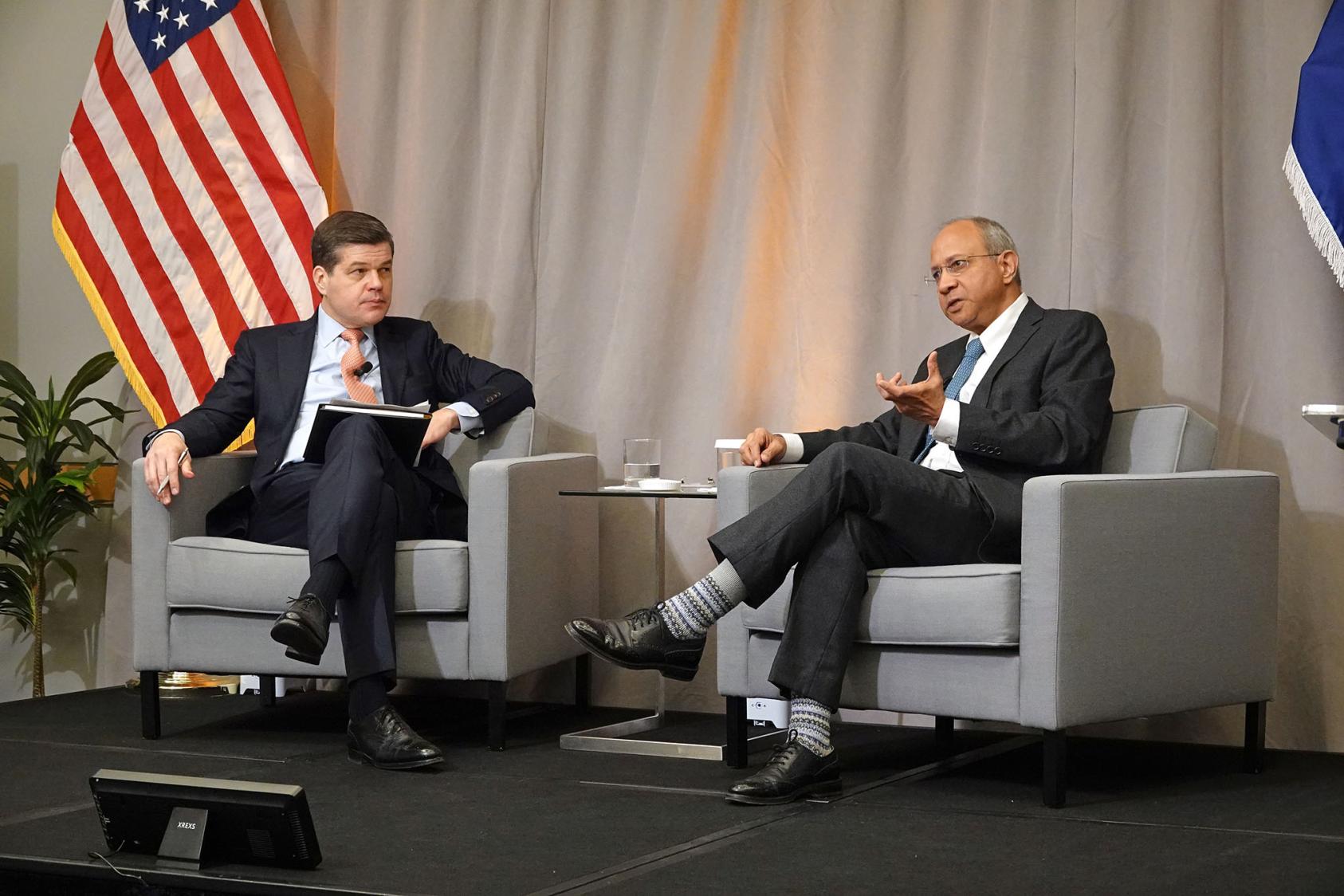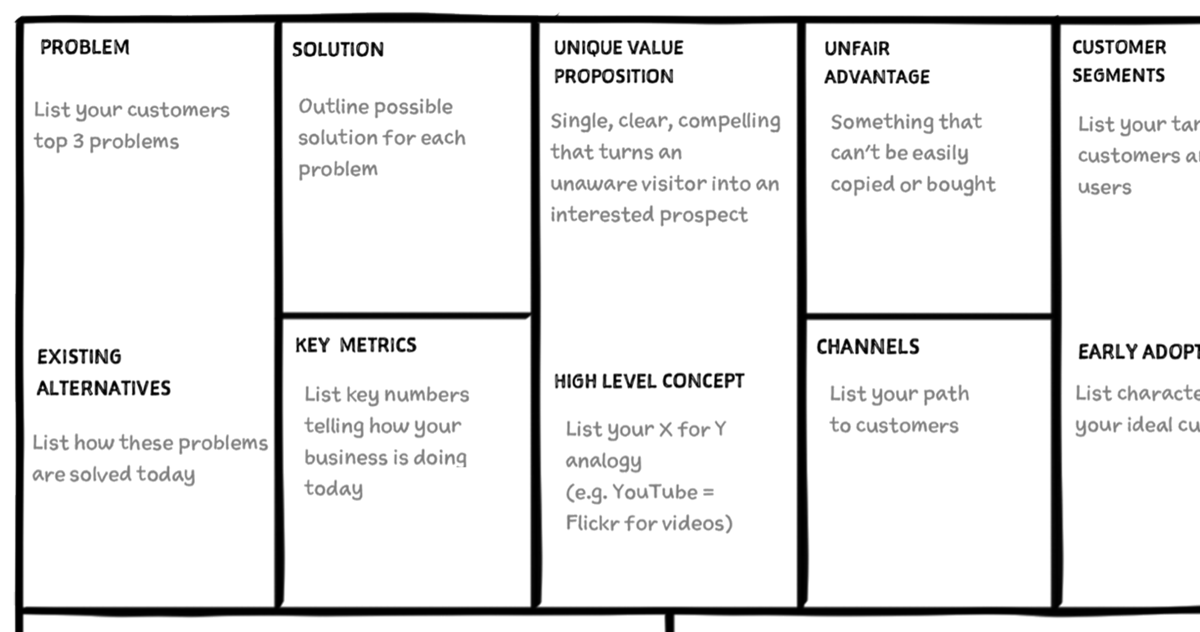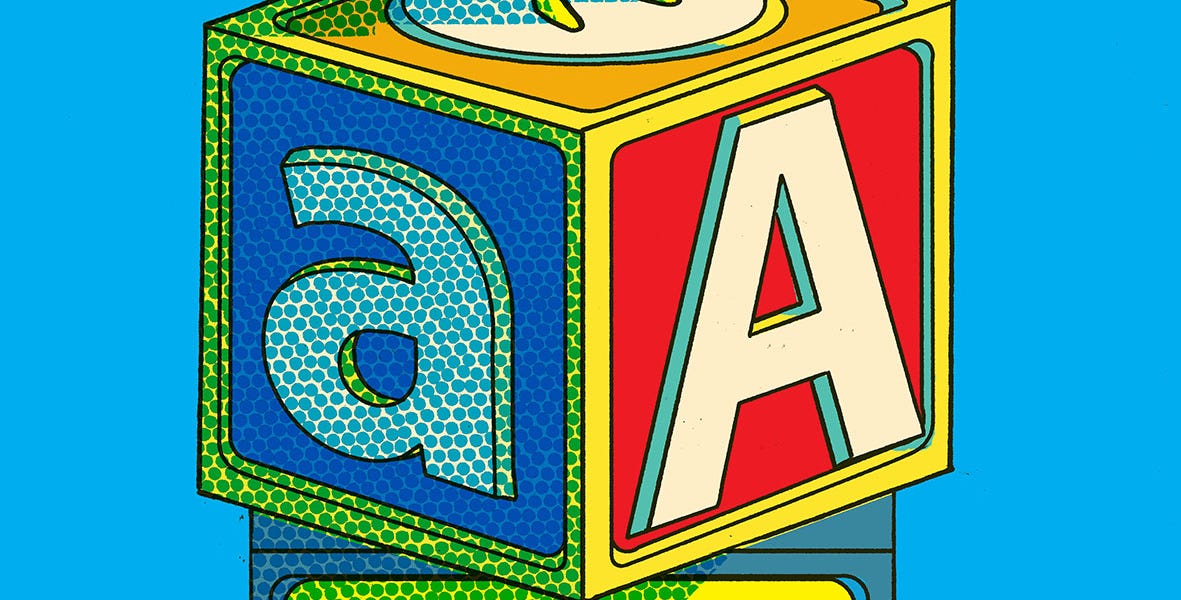
The Intrinsic Perspective
All children find themselves living in a new world papered with strange hieroglyphics. Most of the time, they must wait to be enrolled in an institution to slowly learn how to read the signs of civilization. According to experts, most children in America should have learned to sound out simple words in 1st grade (six years of age) and should be able to read novel but short sentences in 2nd grade (seven years of age)—standards many schools now don’t reach.
Yet, if a child is instead taught to read by their parents, or an early caregiver, it is quite possible for toddlers to read at the age of two. I know this because my two-year-old son can now read, after just a few months of tutoring (see the video of us below for results). Reading is, of course, a spectrum that begins at D-O-G and hopefully ends at cracking books as complex as Ulysses, so to clarify, by “reading” here what I mean is roughly the first to second grade standard of “the ability to work out simple sentences never seen before.”
Please note: teaching your child to read, and especially to read early, is not for everyone. In fact, it doesn’t make sense for a ton of families’ situations and isn’t the right move for all children. I want to be really clear about that. However, I’m writing this because I believe there is a significant untapped pool of parents who could teach their child to read, and also who would want to, and that this outcome would be best—for their situation, for their relationship with their child, for the child itself—yet these parents don’t do it because none of them even know it’s an option.



